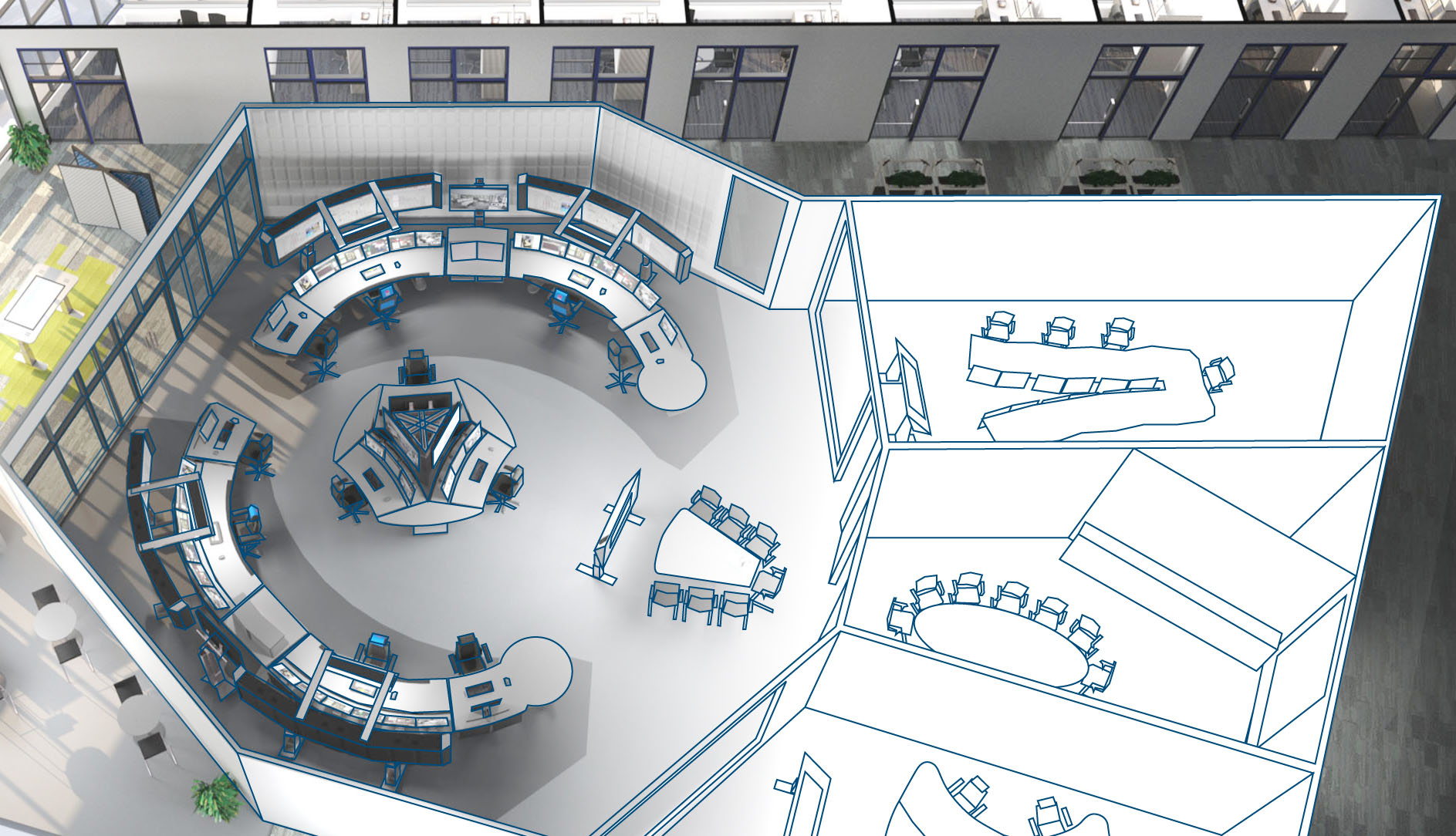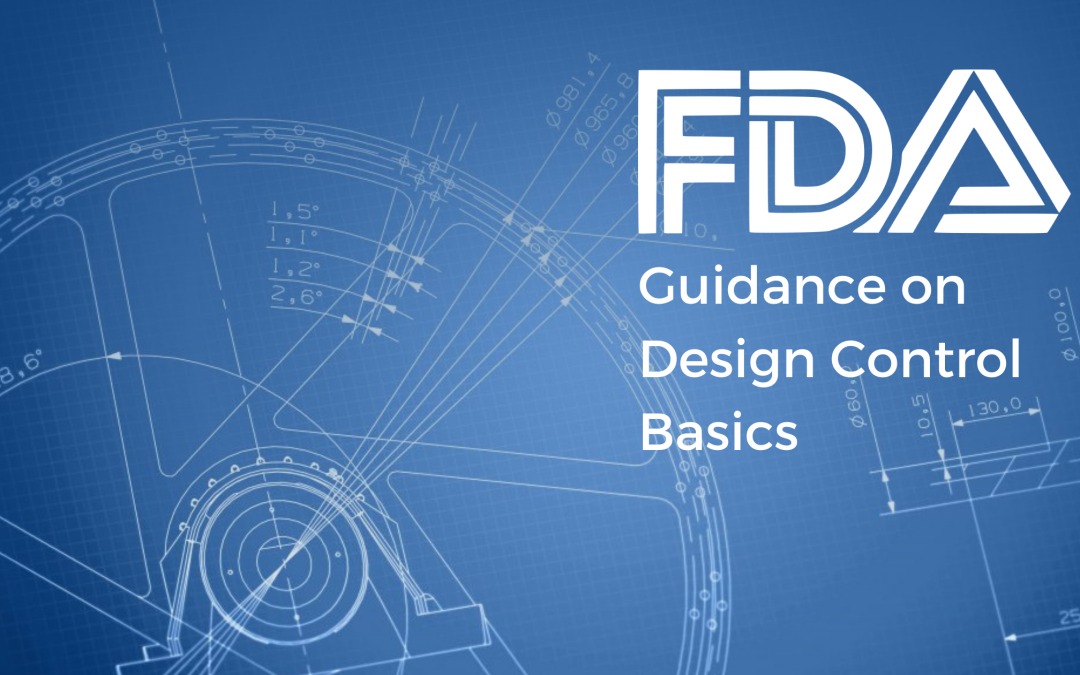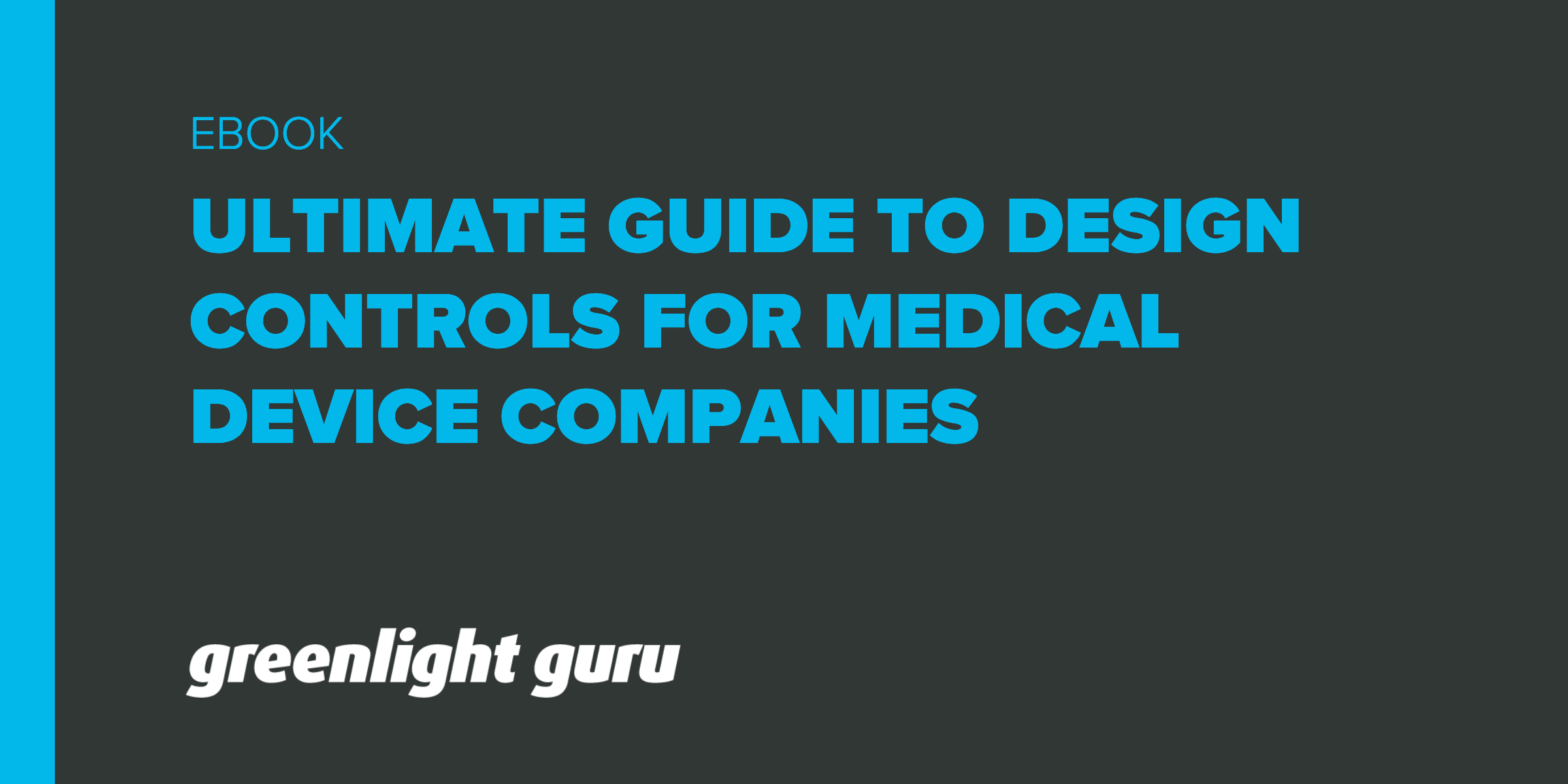Table Of Content

This process includes layers of documentation that show the FDA how manufacturers have provided for the new device’s safety and efficacy. Design controls are a set of quality practices and procedures that are incorporated into the product design and development process to ensure that a device is appropriate for its intended use. Essentially, design control consists of planning, design execution, testing against specifications (inputs) and requirements (user needs), and uncovering and fixing problems at an early stage (risk reduction). A robust quality management software (QMS) allows medical device manufacturers to create documentary evidence supporting the defined, controlled product design and medical device development process.
Products and services
Peter started his career at Genentech, where he held numerous positions in engineering and manufacturing management. Peter is currently chairman of the board for Intermountain Biomedical Association (IBA) and a member of the Parenteral Drug Association (PDA). Peter holds a master's degree in biomechanical engineering from San Francisco State University and a bachelor's degree in materials science engineering from the University of Utah. Understanding Design Controls means embracing the discipline needed to successfully develop a compliant medical device or SaMD solution. Beginning Design Controls early should be driven by the company’s goals to develop a safe and successful product rather than regulatory pressure.
Good Design Controls Reduce Product Risks
The reality is that for many companies, starting Design Controls sooner rather than later can actually save money and time down the road. Even when the Design Controls process has been completed, the work is far from done and you will need to rely on your existing QMS for ongoing control of your device. You need to ensure the specs are provided using the right format and to the level of detail that others will need to achieve this. For example, a skilled artisan is going to need a different kind of spec than a contracted manufacturer with little professional experience or knowledge. But documenting all of these things now will save you a lot of headaches. And it will ensure that your team is above reproach in the future.
FDA finalises Human Factors Guidance – Design Verification - Part 2
Common tools used by firms to conduct risk analyses include Fault Tree Analysis (FTA), and Failure Modes and Effects Analysis (FMEA). The .gov means it’s official.Federal government websites often end in .gov or .mil. Before sharing sensitive information, make sure you're on a federal government site.
Inaugural Multilateral Air Domain Awareness, Defense Design Workshop enhances regional com - pacaf.af.mil
Inaugural Multilateral Air Domain Awareness, Defense Design Workshop enhances regional com.
Posted: Wed, 04 Oct 2023 07:00:00 GMT [source]
The design change control section is linked to and is redundant with Section 820.70(b) Production and process changes of the regulation. As previously noted, risk analysis must be completed in design validation. If possible, review the evaluations (clinical or other activities) performed to assist in validating the device design.

This proactive stance allows you to protect your devices and data against the latest threats, increasing the overall security profile of your device fleet. Read our guides to learn best practices on how to eliminate issues and risks and launch high-quality, compliant products to market. The fact that process development is covered by Design Controls is often overlooked. As mentioned above the FDA considers anything that has an impact on the final product “Design”.
Document Design and Development Planning
Most importantly, this stage requires developers to maintain their design and development plan as the process goes on. So, any changes to the original plan need to be tracked and documented. Going through medical device product development, you seldom consider how to maintain documentation and why it even matters.
BPSA Releases Volume 2 of Its Technical Guide for the Design, Control, and Monitoring of Single-Use Systems (SUS ... - PR Newswire
BPSA Releases Volume 2 of Its Technical Guide for the Design, Control, and Monitoring of Single-Use Systems (SUS ....
Posted: Mon, 31 Jul 2023 07:00:00 GMT [source]
The trackballs boast a similar professional design, and the shift keys mimic the layout of higher-end panels. This ensures a smooth transition for experienced colorists while offering a user-friendly introduction for beginners. Beyond color correction, the panel offers a range of transport and grading controls conveniently positioned around the edges. With these buttons at your fingertips, you can navigate your project timeline, set stills, and execute other commands with ease, significantly speeding up your workflow. Notably, some of these controls were previously exclusive to the larger DaVinci Resolve Mini and Advanced panels.
FDA Design Controls for Medical Device
Standing out for its portability, the DaVinci Resolve Micro Color Panel is roughly the size of a keyboard. This panel packs a punch with high-quality trackballs and machined knobs for precise control over color correction. Whether you’re adjusting shadows, highlights, or saturation, the tactile feedback provided by these controls allows for nuanced fine-tuning. TrinamiX enables flexible identification of plastics and textiles at the push of a button. In addition, textiles that are made from more than one material can also be identified. Esper provides next-gen device management for company-managed hardware.
Typically a risk analysis tool such as FTA or FMEA is used to determine essential outputs. For the selected project, verify that essential outputs have been identified. In addition, review the firm's process for determining how the essential outputs were identified and determine if it was done in accordance with their design output procedures. It is important for a developer and manufacturer of medical devices and In-vitro diagnostics (IVDs) to grasp the crucial role that Design Controls play in the product’s overall quality and compliance. Not only is Design Control critical in the various phases of a successful device’s initial development, it’s also essential for effective premarket and post-market development and lifecycle management considerations. It is also common for developers and manufacturers to target multiple markets for their device, most commonly targeting markets regulated under the U.S.
So far in this ultimate guide, I have spent very little time discussing Design Controls. And as you get closer and closer to going to market, there are software tools, like Greenlight Guru and others, you can use to gradually implement more and more of a QMS. In this guide, I will share with you the necessary background about Design Controls from a global regulatory perspective. Chances are you believe your idea will have a significant impact on the quality of our lives in some way.
And if you plan to go to market in the U.S., these regulations are required. Experience the #1 QMS software for medical device companies first-hand. So, to put all this another way, design verification ensures that the product is developed correctly, while the design verification ensures that the correct product has been developed. For more information on Design Verification and Design Validation refer to future articles. The first step of design control is determining User Needs as these will directly influence all subsequent parts (think of these as your main idea or your thesis of your essay). User Needs can come from various sources; however, a couple of key areas that must be clearly identified and determined are the intended use and indications for use.

It’s important to have these requirements and your design control process clearly laid out. Include test engineers early in development planning to make sure requirements and design are clear, complete, and testable. That way, you can uncover technology issues before they become obstacles. Risk analysis is key as in some cases deficiencies will fall into a wide range.
Note, the v-model describes a product development methodology and approach. All about making sure you will be able to manufacture your medical device that you designed and developed. Realize that good Risk Management involves a series of tools, when used properly, will drastically improve the quality, safety, and effectiveness of your medical device. Proof that you have designed a safe product that meets user needs and requirements.
Your QMS should also have procedures in place to manage documents, records, and suppliers, so Design Controls link those pieces together with additional development specific processes. For managing the design changes element of design controls, you need to make sure you have all of these changes and decisions tracked. During design validation, you make sure the device meets needs of users and satisfies its intended use. Design verification also confirms that what you’ve built is exactly the way that you planned it.
No comments:
Post a Comment